Space tourism cost is a hot topic for those dreaming of venturing beyond Earth. SIXT.VN is here to guide you through the current prices and what to expect. Let’s explore the cost of space travel and how it’s evolving, making cosmic adventures more accessible with time.
1. Blue Origin’s New Shepard Ticket Prices (2021): $200,000 to $28 Million
In 2021, Blue Origin launched its first passengers on the New Shepard rocket, with initial ticket prices ranging from $200,000 to $28 million (auction price). The variability in price highlights how exclusivity and early demand can drive up costs, as noted by a College Board study. Over time, as flights become more regular, prices are expected to decline.
2. Virgin Galactic’s Initial Suborbital Flights (2021): $250,000 per Seat
Virgin Galactic initially priced suborbital flights at $250,000 per seat in 2021. The affordability relative to auction prices of competitors like Blue Origin made it an attractive option. High demand led to quick reservation fill-ups.
3. Virgin Galactic’s Increased Ticket Prices (2022): $450,000 per Seat
In 2022, Virgin Galactic increased ticket prices to $450,000 per seat due to increased demand and operational costs, as detailed by Wavetec. Early reservations can lock in lower prices, but demand drives costs up.
4. SpaceX’s Crew Dragon Missions with Axiom Space (2022): $55 Million per Seat
SpaceX’s Crew Dragon missions, in collaboration with Axiom Space, charged approximately $55 million per seat for private missions to the International Space Station (ISS). These orbital experiences offer a days-long stay in orbit, akin to what professional astronauts experience.
5. SpaceX’s Inspiration4 Mission (2021): $200 Million for Four Passengers
The Inspiration4 mission, sponsored by Jared Isaacman, sent four civilians into orbit aboard a SpaceX Crew Dragon, costing an estimated $200 million. This mission proved private spaceflight is possible, with sponsorships potentially lowering future costs.
6. Axiom Space’s Private Missions to the ISS: $55-60 Million per Passenger
Axiom Space plans to charge around $55-60 million per passenger for private missions to the ISS, covering travel, stay, and return. While still expensive, alternatives like private space stations and shorter orbital flights are being developed to lower costs.
7. Space Perspective’s High-Altitude Balloon Rides (2022): $125,000 per Seat
Space Perspective offers high-altitude balloon rides for $125,000 per seat, a more affordable option for those wanting a space-like experience without the high cost of rockets. While not reaching space, these rides provide breathtaking views from the stratosphere.
8. SpaceX’s Polaris Dawn Mission (2024): Estimated Cost Over $50 Million per Seat
A New Era of Private Space Missions
SpaceX’s Polaris Dawn mission is a fully private orbital mission, demonstrating capabilities for deep-space travel.
The Price Tag: Why $50 Million Per Seat Makes Strategic Sense
The $50 million per seat price tag includes advanced experiments, spacewalks, and technology testing, critical to future Mars missions. According to NASA, private space missions such as Polaris Dawn are crucial in advancing space exploration technologies.
9. Blue Origin’s First Commercial Flights (2021): Bid-Winning Ticket for $28 Million
Blue Origin’s first ticket sold for $28 million at auction, indicating high demand for early flights. Getting in early on ticket sales can sometimes mean better deals as prices stabilize.
10. Virgin Galactic’s Ticket Reservations (2022): Over 800 Reservations
The Demand for Space Travel is Strong and Growing
Virgin Galactic’s announcement of over 800 ticket reservations by 2022 signals strong demand for commercial space travel.
11. Blue Origin’s Ticket Sales (2022): Over $100 Million in Sales
A Game-Changer in the Commercial Space Race
Blue Origin’s milestone of over $100 million in ticket sales by 2022 establishes private space travel as a viable market, with successful civilian crew launches on the New Shepard rocket.
12. SpaceX’s Private Moon Mission with Yusaku Maezawa: Estimated Cost of Several Hundred Million Dollars
The Dawn of Lunar Tourism
Yusaku Maezawa’s private moon mission with SpaceX represents a paradigm shift in commercial space travel, aiming to send a crew of artists around the Moon.
The Cost: Why Several Hundred Million Dollars is Just the Beginning
The mission’s cost, though high, signals the beginning of an elite market for deep-space tourism, with SpaceX’s Starship designed for interplanetary travel.
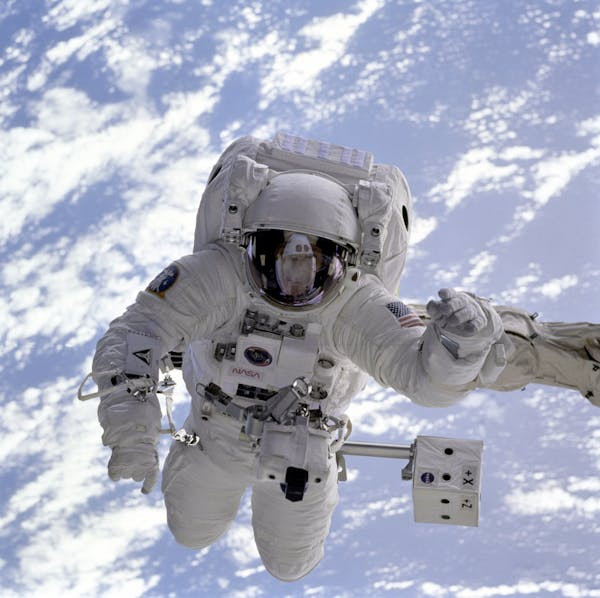 Yusaku Maezawa's private moon mission with SpaceX represents a paradigm shift in commercial space travel, aiming to send a crew of artists around the Moon.
Yusaku Maezawa's private moon mission with SpaceX represents a paradigm shift in commercial space travel, aiming to send a crew of artists around the Moon.
13. Axiom Space’s First Private ISS Mission (2022): Approximately $55 Million per Astronaut
The Rise of Private Space Stations
Axiom Space’s first private mission to the ISS in 2022 validated the idea of private investment in space experiences, research, and branding, marking the beginning of commercial research in low Earth orbit.
14. SpaceX Starship’s Projected Ticket Prices (2030): Under $10 Million per Seat
The Race to Lower the Cost of Spaceflight
SpaceX’s Starship aims to make space travel routine with projected ticket prices dropping below $10 million per seat by 2030, using a fully reusable architecture to reduce costs.
15. Roscosmos’ ISS Trip (2022): Around $35 Million per Seat
In 2022, Roscosmos charged around $35 million per seat for a trip to the ISS. This price was lower than private companies, making government-backed space travel potentially more competitive. Comparing costs among different agencies and companies is worth considering for potential space tourists.
16. Dennis Tito’s ISS Trip (2001) vs. Modern Space Tourists: $20 Million Then, Double That Now
Dennis Tito, the first space tourist, paid $20 million for his ISS trip in 2001, whereas modern tourists pay at least double that amount. Inflation, technology advancements, and increased demand have driven prices higher. Patience might pay off with lower costs in the future.
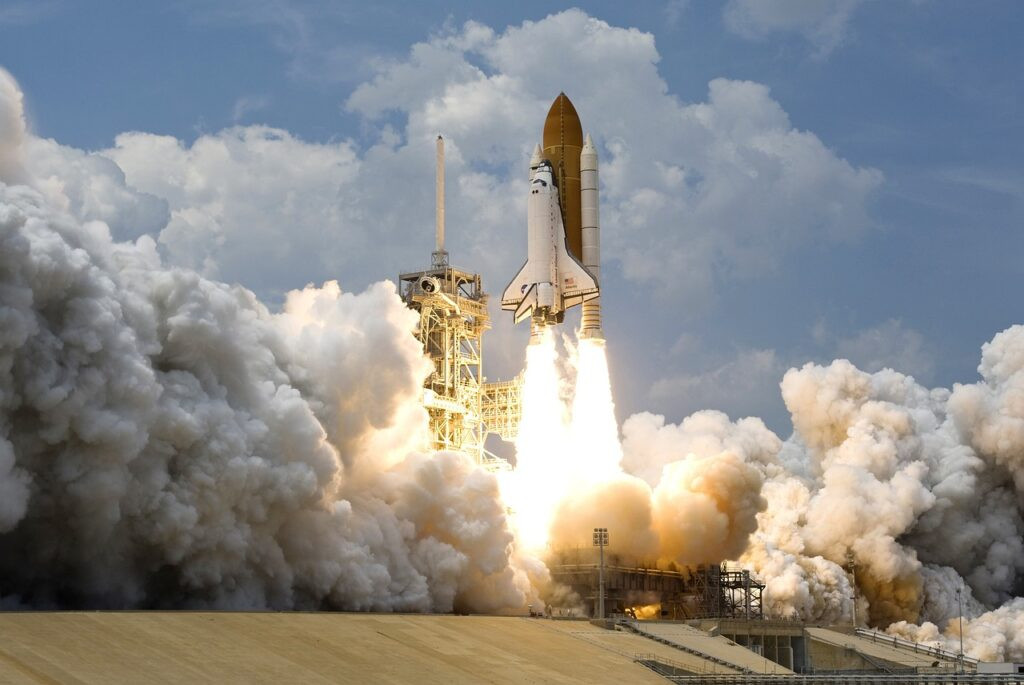 For those serious about space travel, now might not be the best time to book a flight unless money is no object. If history is any guide, patience could pay off in the form of lower costs in the years ahead.
For those serious about space travel, now might not be the best time to book a flight unless money is no object. If history is any guide, patience could pay off in the form of lower costs in the years ahead.
17. NASA’s Estimated Cost for Private Astronaut Missions to the ISS (2020s): Around $50 Million per Person
NASA estimates private astronaut missions to the ISS would cost around $50 million per person throughout the 2020s, aligning with the pricing of Axiom Space and Roscosmos. Private space stations could drive these prices down in the late 2020s.
18. SpaceX’s DearMoon Project: Estimated Costs Exceeding $1 Billion for the Mission
The DearMoon project, led by Yusaku Maezawa and SpaceX, aims to carry passengers around the Moon, with estimated mission costs exceeding $1 billion. This deep-space mission could gradually decrease the cost of space travel beyond Earth orbit.
19. Sierra Space’s Dream Chaser: Potential Ticket Costs of $50 Million per Seat by the Late 2020s
Sierra Space’s Dream Chaser targets the high-end market with projected ticket prices around $50 million per seat by the late 2020s. Competition among players could help lower costs, offering travelers more choices.
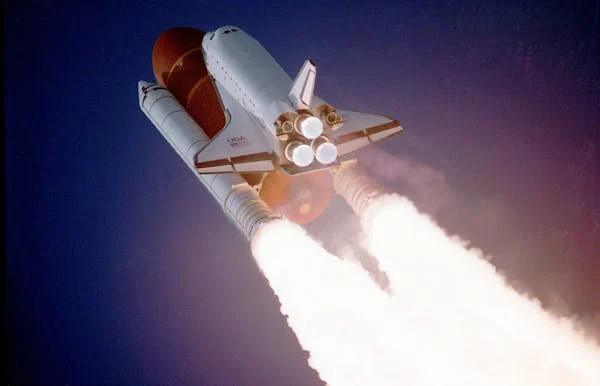 For travelers, this means more choices. Unlike the early days of space tourism, where Roscosmos was the only option, the late 2020s will feature multiple companies competing for customers. This competition will likely drive innovation and affordability.
For travelers, this means more choices. Unlike the early days of space tourism, where Roscosmos was the only option, the late 2020s will feature multiple companies competing for customers. This competition will likely drive innovation and affordability.
20. Orbital Assembly Corporation’s Space Hotel: Potential Travel Costs of Several Million per Visitor
Orbital Assembly Corporation plans for a space hotel with travel costs estimated at several million dollars per guest, offering extended stays with luxury amenities. If space hotels become operational, they could push down the cost of orbital stays.
21. Blue Origin’s New Shepard Flight Costs: Over $450 per Second of Spaceflight
Blue Origin’s New Shepard flights, lasting approximately 10 minutes, cost between $200,000 and $450,000 per seat, translating to over $450 per second of flight time. Travelers should consider whether the price justifies the short-duration experience.
22. NASA’s Pricing Guidelines for ISS Stay (2022): About $35,000 per Night
NASA’s pricing guidelines indicate a stay aboard the ISS would cost about $35,000 per night, offering insight into potential future space hotel costs. Commercial space hotels might offer stays for similar prices in the future.
23. Predicted Suborbital Space Tourism Ticket Prices by 2025: Below $200,000
Experts predict that competition will drive suborbital space tourism ticket prices below $200,000 by 2025, making space tourism accessible to a broader audience.
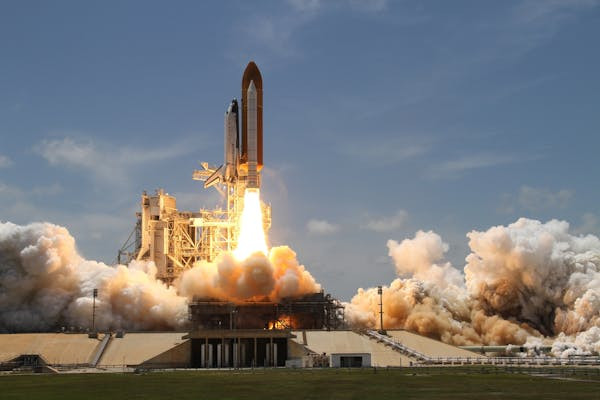 This shift would make space tourism accessible to a broader audience, possibly including wealthy professionals rather than just multimillionaires.
This shift would make space tourism accessible to a broader audience, possibly including wealthy professionals rather than just multimillionaires.
24. Stratospheric Balloon Tourism (World View): Could Lower Costs to Around $50,000 per Seat by 2030
Stratospheric balloon tourism, like that offered by World View, could lower costs to around $50,000 per seat by 2030, providing near-space experiences without rockets.
25. SpaceX’s Long-Term Goal for Mars Missions: $100,000 per Person
SpaceX’s long-term goal is to reduce ticket prices for Mars missions to as low as $100,000 per person, making interplanetary travel possible for upper-middle-class individuals.
26. Average Price for Private Orbital Missions (2020-2025): Remains Around $50 Million per Seat
Between 2020 and 2025, the average price for private orbital missions has remained around $50 million per seat. The extensive training, higher risks, and complex logistics contribute to the high cost, and increased competition may drive prices down in the future.
27. Predicted Suborbital Ticket Costs by 2030: $100,000 per Person
Analysts predict that high-frequency space tourism flights may bring suborbital ticket costs down to $100,000 per person by 2030. Maturing technology and increased flight frequency could make space tourism more accessible.
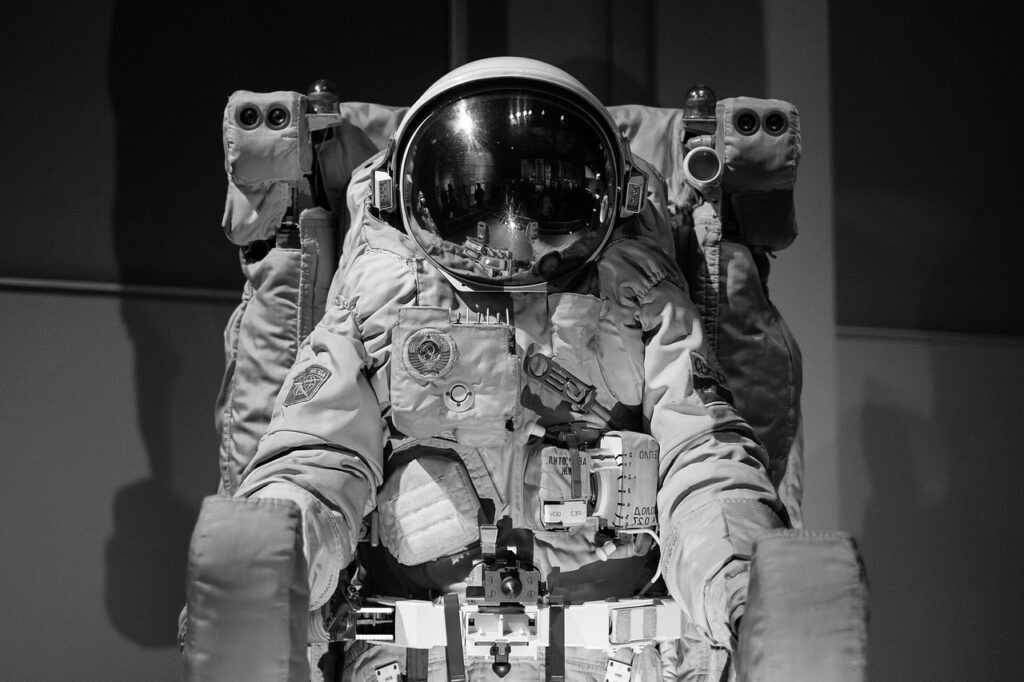 For those who are interested in suborbital tourism but find today’s prices too steep, patience may be the best strategy. As more flights take off and companies refine their operations, expect to see significant cost reductions over the next several years.
For those who are interested in suborbital tourism but find today’s prices too steep, patience may be the best strategy. As more flights take off and companies refine their operations, expect to see significant cost reductions over the next several years.
28. Blue Origin’s Suborbital Flight Costs: Estimated to Remain Between $200,000 and $500,000 Throughout the 2020s
Blue Origin’s suborbital flight costs are estimated to remain between $200,000 and $500,000 throughout the 2020s. The costs of maintaining and operating the New Shepard rocket contribute to the higher prices.
29. Virgin Galactic Aims for Full-Scale Commercial Operations by 2026: Possibly Reducing Prices to $200,000 per Seat
Virgin Galactic aims for commercial operations at full scale by 2026, potentially reducing prices to $200,000 per seat. Frequent flights could reduce per-seat costs, though high demand may keep prices around $450,000.
30. Predicted Global Space Tourism Market by 2030: Could Reach $3 Billion Annually, Driven by Declining Ticket Prices
Analysts predict the global space tourism market could reach $3 billion annually by 2030, driven by technological advancements, increased competition, and declining ticket prices. Space tourism could transition from a billionaire’s pastime to an industry with a broader customer base.
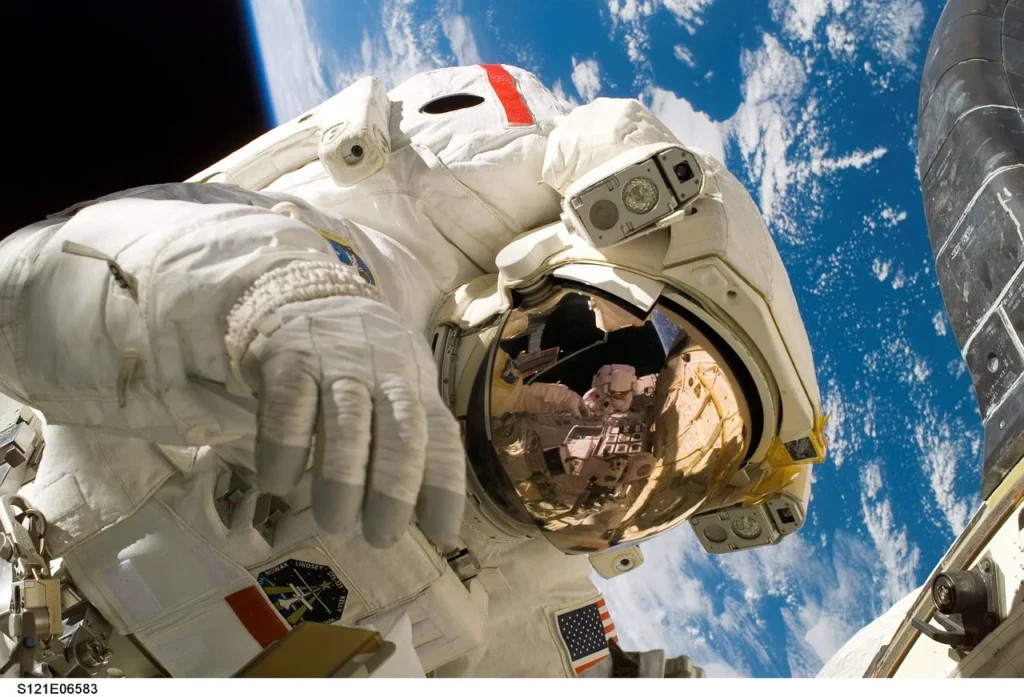 For those interested in space tourism, this market growth is an encouraging sign. Whether your goal is a brief suborbital experience or a multi-day orbital mission, the coming decade will likely bring more opportunities to explore space at lower costs.
For those interested in space tourism, this market growth is an encouraging sign. Whether your goal is a brief suborbital experience or a multi-day orbital mission, the coming decade will likely bring more opportunities to explore space at lower costs.
Wrapping It Up
Private space companies have transformed space travel, once a government-controlled domain, into an emerging market for adventurous civilians. While prices remain high, trends suggest costs will decline with technological advances, competition, and flight frequency increases. Whether it’s suborbital hops or orbital stays, the dream of space travel is becoming more attainable.
FAQs About the Cost of Space Tourism
-
How much does it cost to go to space?
-The cost of space tourism varies widely, from around $200,000 for suborbital flights to over $50 million for orbital missions. Factors influencing the price include the duration of the flight, the company providing the service, and the destination (e.g., suborbital space, Earth orbit, or the International Space Station). -
What are the factors that affect the cost of space tourism?
- Several factors influence the cost of space tourism, including:
* **Type of Flight**: Suborbital flights are generally cheaper than orbital flights.
* **Duration**: Longer stays in space cost more.
* **Company**: Different companies have different pricing strategies.
* **Destination**: Trips to the ISS or around the Moon are more expensive than suborbital flights.
* **Technology**: Advanced technology and reusable spacecraft can reduce costs over time.- Which companies offer space tourism, and how do their prices compare?
- Companies offering space tourism include:
* **Blue Origin**: Suborbital flights ranging from $200,000 to $500,000.
* **Virgin Galactic**: Suborbital flights around $450,000.
* **SpaceX**: Orbital missions costing tens of millions of dollars.
* **Axiom Space**: Private missions to the ISS for $55-60 million per seat.
* **Space Perspective**: High-altitude balloon rides for about $125,000.- Is there any space tourism that is relatively affordable?
- Yes, stratospheric balloon tourism, offered by companies like Space Perspective, is a more affordable option at around $125,000 per seat. While it doesn’t reach outer space, it offers breathtaking views from the stratosphere.
- How has the cost of space tourism changed over time?
- The cost of space tourism has generally increased since the first private missions in the early 2000s. However, as more companies enter the market and technology improves, prices are expected to decline. For example, SpaceX aims to reduce ticket prices for Mars missions to as low as $100,000 per person in the future.
- What are the predictions for the future cost of space tourism?
- Predictions for the future cost of space tourism include:
* Suborbital flights potentially dropping below $200,000 by 2025.
* High-frequency suborbital flights bringing costs down to $100,000 per person by 2030.
* SpaceX aiming to reduce Mars mission costs to $100,000 per person in the long term.- What kind of experience do you get for different price points?
-
- $200,000 – $500,000: Suborbital flights offering a few minutes of weightlessness and views of Earth from the edge of space.
* **Around $125,000**: High-altitude balloon rides providing views of Earth's curvature from the stratosphere.
* **Tens of Millions of Dollars**: Orbital missions with extended stays in space, offering experiences similar to professional astronauts.
* **$55-60 Million**: Private mission to the ISS- Are there any ways to potentially reduce the cost of space tourism?
- Yes, here are some potential ways to reduce the cost:
* Book early.
* Follow space programs like Virgin Galactic or Space Perspective.
* Watch out for promotional discounts.-
How can I prepare for the trip from earth to space?
- Preparing for space travel requires rigorous physical and psychological training. Contact space companies like Virgin Galactic or Space X to find out more.
-
Will space tourism ever become more accessible to the general public, or will it remain a luxury for the wealthy?
- While space tourism is currently a luxury for the wealthy, increased competition, technological advancements, and economies of scale could make it more accessible to a broader audience in the future. Stratospheric balloon tourism and long-term goals to reduce Mars mission costs suggest that space travel will become progressively more affordable.
Are you dreaming of your own Vietnamese adventure? SIXT.VN offers seamless travel solutions, from airport pickup to tailored tours. Overcome planning hurdles and language barriers with our reliable and convenient services. Let us help you explore Vietnam effortlessly.
- Personalized Travel Plans: We craft itineraries tailored to your interests and schedule.
- Reliable Airport Transfers: Start your trip stress-free with our dependable pickup service.
- Handpicked Hotels: We secure accommodations that fit your budget and preferences.
- Exclusive Tours: Discover Hanoi and beyond with our expertly guided tours.
Ready to experience Vietnam without the hassle? Contact SIXT.VN today and let’s start planning your unforgettable journey!
Address: 260 Cau Giay, Hanoi, Vietnam
Hotline/WhatsApp: +84 986 244 358
Website: SIXT.VN



